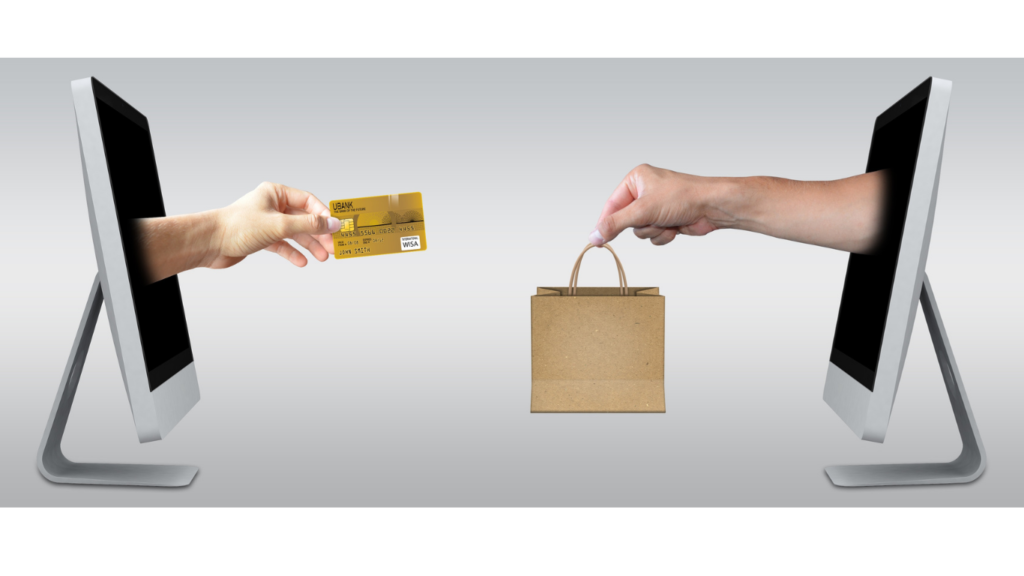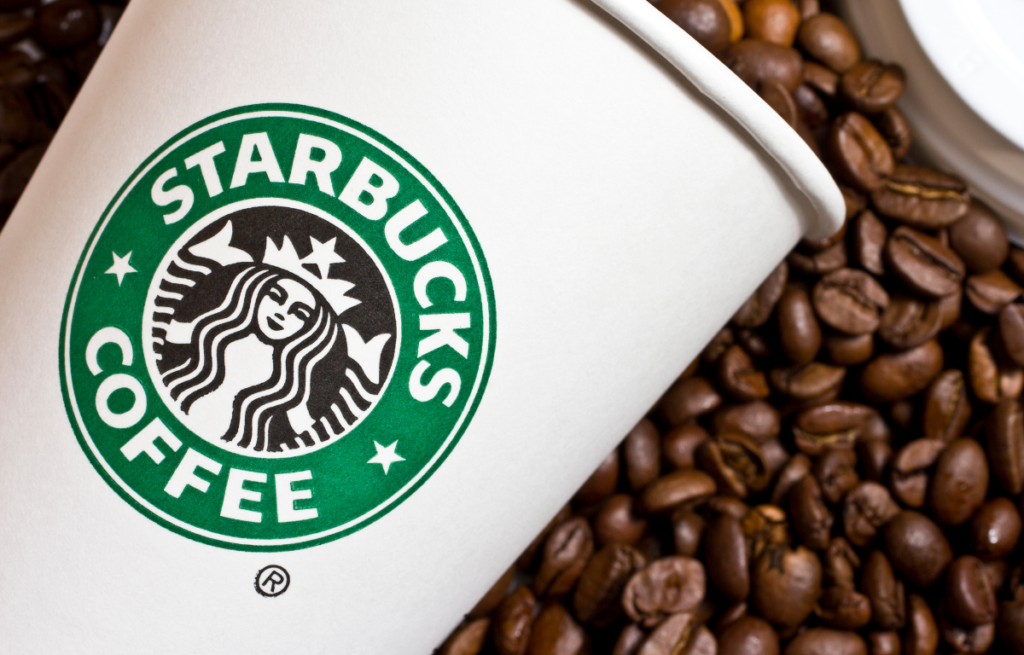
Many organizations have taken on the task of looking at inclusion as a viable consideration now that the world is steeped in addressing the more equitable treatment of one another. Major corporations are taking decisive action so as to be front and center on the list of companies that are taking Diversity & Inclusion seriously.
Some are doing a stellar job at rethinking how they do business in a climate where all-eyes-on-you can make or break their brand. Others are paying lip service to inclusion, at least until they get a handle on how to approach what for some, feels like a daunting project. Smaller companies are clamoring to find ways to shore up their reputation in the marketplace by ensuring their organizations are evolving in the 21 century, sensitive to the needs of others while focusing on building their brand around what it means to serve a broader population of customers. This includes how you treat the folks within companies that serve your customers.
Now the International Standards Organization ISO 30415 provides a standard for inclusive behavior in organizations. We have a way to quantify and qualify service management as a way of using specific markers to indicate where a company is doing well and where it can be even more effective at inclusion over time.
On an individual level executives can also now get a clear sense of their own strengths and challenges in building and leading inclusive teams with the Living and Being Leadership Vitality Checkup. I recently caught up with Leilani Raashida Henry, founder of Being and Living and creator of the tool. She had this to say.
“The Leadership Vitality Checkup meets the emerging leadership needs of people and organizations. We focus on key factors that enable the positive performance of individuals and the whole system. You will discover how well you foster creative engagement, inclusivity, and connectedness. These key factors that Polish Your Brilliance may be hidden, misplaced, or yet undiscovered amidst stress at work or in life. Your individual success factors may need to be located, integrated, or simply given permission to soar. This assessment tool unlocks your ability to create and encourage an equitable and respectful high performing organization.”
We think it is a wonderful tool and we have now included it in our suite of offerings for the corporate executive. Learn more about it in this month’s blog.










